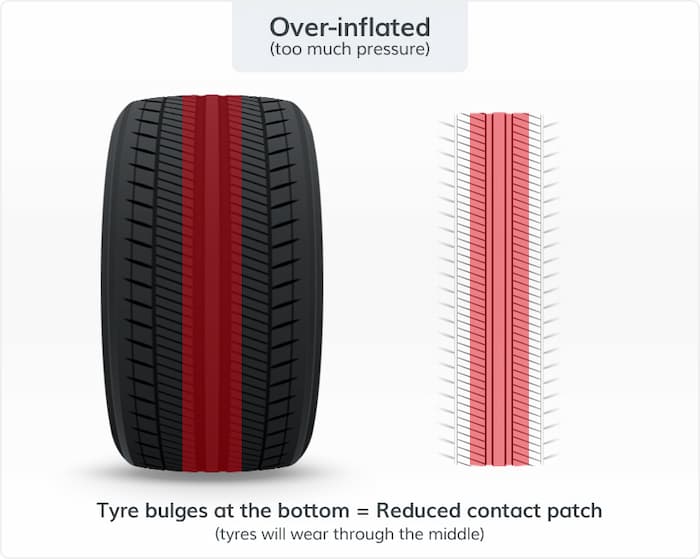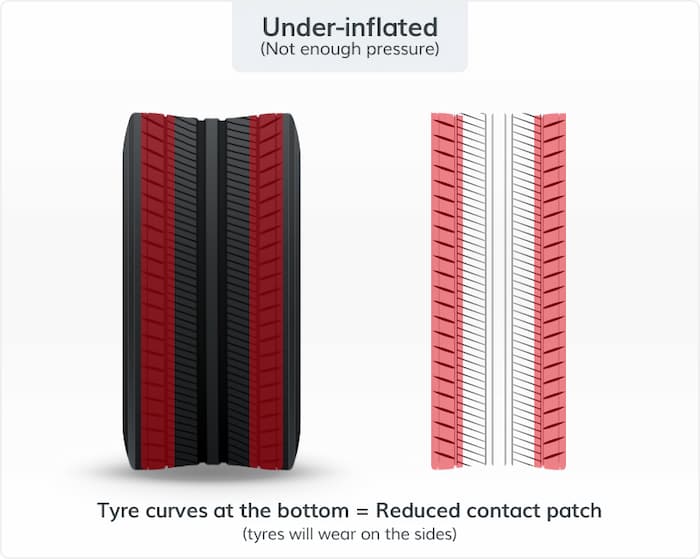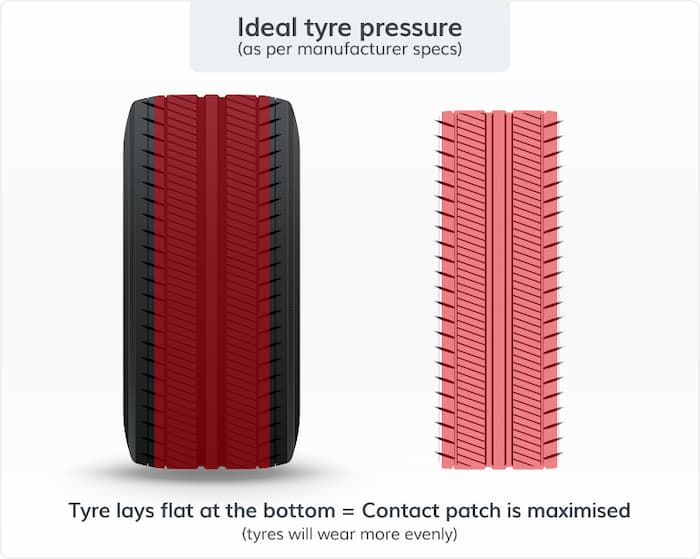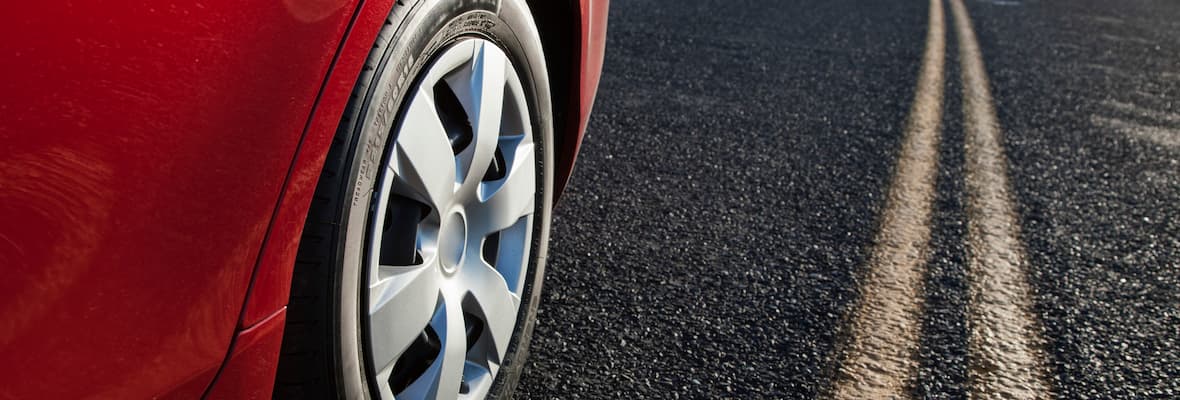Related articles
- How to change a car tyre
- Car maintenance and servicing checklists
- Broken Down Car? Here’s What To Do
- How to change a car battery
- 16 things to put in a car emergency kit
- Roadside assistance buying guide
- What to do if your car breaks down on a highway
- How to get your car unstuck from mud or sand
- Australia Day road trips survey 2021
- Best road trips Australia
- Roadside Assistance Survey and Statistics 2024
- Tips for maintaining your car while not in use
- Warning signs your car might break down soon
- How to check and add oil to your car
- Tyre health survey 2020
- How to transport your bike by car
- Common Roadside Callouts 2025
- Family Road Trips Survey and Statistics 2024
- Road Trip Planner Australia
- When should I get my brake pads replaced?
- How to Check Tyre Tread
- How Often Should You Get Your Car Serviced?
Disclaimer: This information is general in nature only. While Budget Direct has endeavoured to ensure the information we’ve relied on is accurate and current, we do not guarantee it. Budget Direct accepts no liability for this information.
Your tyres are the part of your car where the rubber (literally) meets the road. They not only support the car’s weight, but they also distribute that weight evenly, and this is why looking after them is incredibly important.
Therefore, the ideal tyre pressure for your car is dependent on how much or how little air we put in them and how diligently we monitor its pressure.
While each vehicle should have a specified tyre pressure recommended by the car and tyre manufacturer you can also check your vehicle owner’s handbook, the fuel filler flap or the placard located inside the driver’s door.
As a rule, your best bet is to always stick to the manufacturer’s recommendations.
Dangers of over-inflated tyres

Driving with too little (or too much) air pressure in your tyres can affect the ride comfort, cornering ability, grip during braking, general handling, and directional stability.
Having incorrect tyre pressure isn’t just inefficient – it can also be a serious safety risk, especially at higher speeds.
When a tyre contains too much air, there’s a smaller area of contact with the road. This creates a loss of traction and uneven wear. Over-inflated tyres can affect handling (especially when cornering at speed), braking, tyre noise and ride comfort.
A stiff, over-inflated tyre on a wet, slippery road is also dangerous due to the braking ability being severely reduced. Over-inflated tyres can create a harsher ride, increase the risk of a blowout and the likelihood of skidding.
Over-inflated tyres tend to wear out prematurely in their centre. This can lead to:
- A smaller surface area of the tyre connecting with the road
- The brake efficiency being affected
- Uneven tread wear around the centre of the tyre
Dangers of under-inflated tyres

An under-inflated tyre leaves a larger contact area with the road, increasing the rolling resistance and using more fuel. Additionally, the steering response and stability can be affected when attempting to turn.
Under-inflated tyres get ‘used up’ quickly because of irregular wear, and the extra heat is omitted from the tyres due to an increased amount of friction. In extreme cases, there’s even a possibility that the tyre may dislodge from the rim when driving around a corner.
Cruising around on low-pressure tyres forces your engine to work harder and leaves your tyres more susceptible to damage. While not having enough air makes them weaker and more prone to punctures.
Under-inflated tyres suffer excessive wear along their outer edges and sidewalls. This can lead to:
- The brake efficiency being affected
- Uneven tread wear on the edge of the tyre
- An increase in rolling resistance
What is the ideal tyre pressure?

Pressure is typically measured in PSI (pounds per square inch). In some vehicles, recommended pressures for front and rear tyres may differ. This means that in certain situations (driving in sand, towing a trailer, or carrying extra weight), you may need to change your tyre pressure from its normal levels.
Checking a tyre when it’s warm and has been driven for a long while can lead to a false reading. When that just-checked tyre finally cools down, you may be left with under-inflation that’s below the minimum.
It’s important to remember that your car’s specific tyre pressure always refers to a cold tyre; you should always check pressures when tyres are cold. Tyres are considered cold if they have been parked for at least 3 hours or have only been driven a short distance at slow to moderate speeds.
The best time you can check your tyre pressure is in the morning as even the heat of the day and direct and prolonged sunlight can heat tyres.
There should also be a sticker displayed on your car’s body, usually on the driver’s side door which details the recommended cold tyre inflation pressure for your vehicle.
Otherwise, there are some handy online tyre pressure tools to help you determine the correct tyre pressure for your vehicle.
How to check for the ideal tyre pressure?
Ideally, you should check your tyre pressure (adjusting as needed) at least every two weeks. It would be wise not to leave it for more than a month especially if you’re heading off on a long road trip or a holiday where you’re carting extra weight.
Whenever you check the tyres, don’t forget about the spare; it’s a crucial piece of your car’s safety gear and definitely shouldn’t be an afterthought. It’s also a good idea to check pressures again fairly soon after inflation to make sure each tyre is still holding onto its air.
Checking tyre pressure isn’t just about keeping on top of punctures. Air is also lost gradually through a natural process called permeation (air lost through a solid substance).
The weather can also make a difference – a 10-degree change in outdoor temperature can change tyre pressure by one PSI, so tyres may need topping up during a cold spell.
Your local car retailer can sell you the tools (portable pressure gauge, air compressor, etc.) to check, inflate and how to change a car tyre at home (if needed), but you can also visit your local petrol station to use the handy tyre inflation machine provided.
The process can be completed by:
- Removing the little dust cap from the tyre valve.
- Attaching the lead from the machine to the valve to check the pressure reading.
- Setting the digital machine to the PSI level you require.
- The pump will then automatically fill your tyre to the requested pressure.
- When the correct pressure is reached, remove the clasp from the valve.
- Replace the dust cap on your tyre’s valve.
- Complete this procedure for each tyre, including the spare.
- Taking this opportunity to check the overall wear and tread on each tyre, too.
Tyre pressure monitoring systems (TPMS)
Many new vehicles sold in Australia now come with factory installed TPMS warning systems, which trigger a dashboard warning light when tyre pressure gets too low.
There are two different types:
Direct System:
- When the tyre pressure drops below a certain point, wireless sensors within each wheel directly measure tyre pressure and then transmit this data to a receiver unit.
- These systems are good at detecting a fast leak and provide an immediate warning, giving drivers sufficient time to slow down and stop safely before a tyre becomes seriously flat.
Indirect System:
- This system measures wheel rotation by using the car’s ABS braking sensors. Essentially, it determines that deflation is present when it detects that a single wheel is spinning faster than the others.
- Although it is less expensive than the direct system, it’s also more prone to inaccuracies.
You can also choose between an internal or external direct TPMS. Internal TPMS have sensors attached to the inside of the wheel well or mounted to the tyre valve stem while external TPMS replace the existing valve cap and are screwed into place.
Internal (in-wheel):
- More accurate
- Protected from dust, mud, water damage and off-road impacts
- Longer battery life (up to seven years)
- Easy and quick to install, remove and replace
External (valve-cap):
- Inexpensive to install
- Better signal reception
- Easy and quick to install, remove and replace
Despite the tyre monitoring systems being a handy feature in newer cars, they still don’t negate the need to keep track of your tyre pressure through regular on-the-ground checks.
Tyre pressure maintenance
Checking tyre pressure is something that we tend to put on the back burner – however, in some cases, our lives may depend on having the ideal tyre pressure at the ideal moment.
The best way to keep on top of your tyre pressure is to make sure to check it regularly. Make it a habit to check your tyre pressure whenever you fill-up the petrol in your car as well as between trips to the service station too.
Healthy car tyres with plenty of tread and the right amount of air pressure require regular car maintenance and servicing checks. Not only can they support your car’s weight, but they can also distribute that weight evenly and keep you safely and comfortably on the road.
So now may be the time to ask yourself: When was the last time you checked your tyres?
Related articles
- How to change a car tyre
- Car maintenance and servicing checklists
- Broken Down Car? Here’s What To Do
- How to change a car battery
- 16 things to put in a car emergency kit
- Roadside assistance buying guide
- What to do if your car breaks down on a highway
- How to get your car unstuck from mud or sand
- Australia Day road trips survey 2021
- Best road trips Australia
- Roadside Assistance Survey and Statistics 2024
- Tips for maintaining your car while not in use
- Warning signs your car might break down soon
- How to check and add oil to your car
- Tyre health survey 2020
- How to transport your bike by car
- Common Roadside Callouts 2025
- Family Road Trips Survey and Statistics 2024
- Road Trip Planner Australia
- When should I get my brake pads replaced?
- How to Check Tyre Tread
- How Often Should You Get Your Car Serviced?



